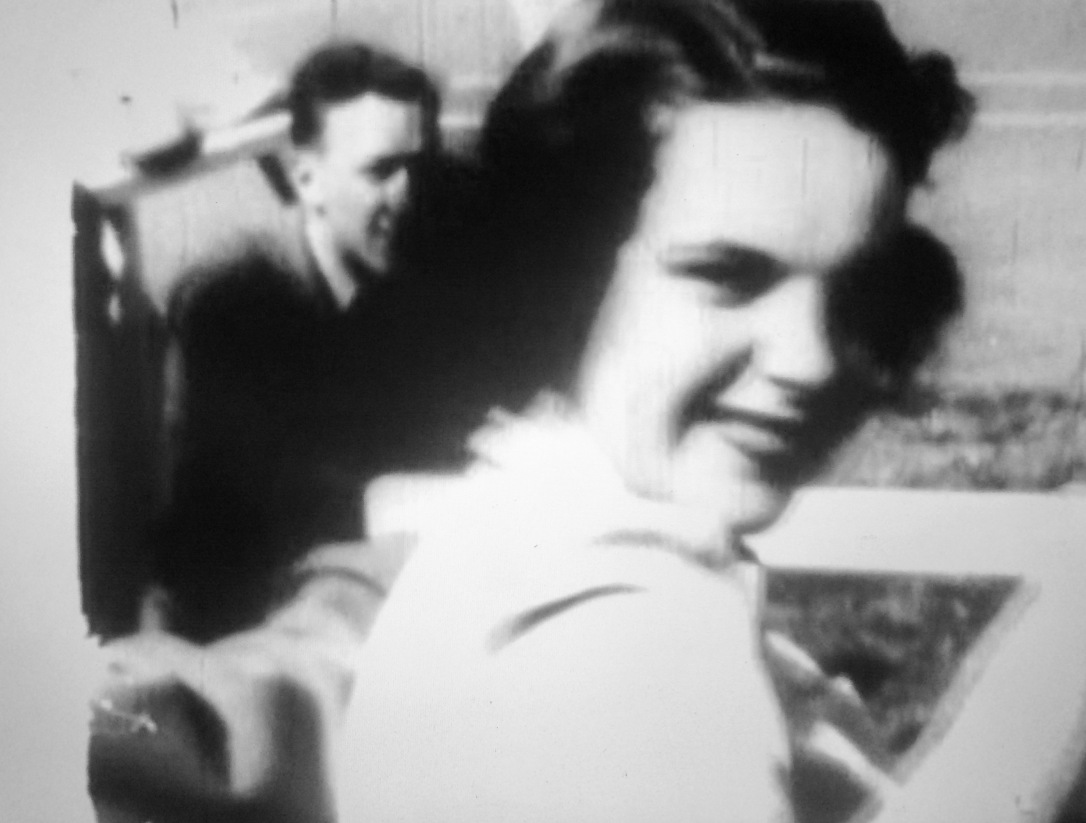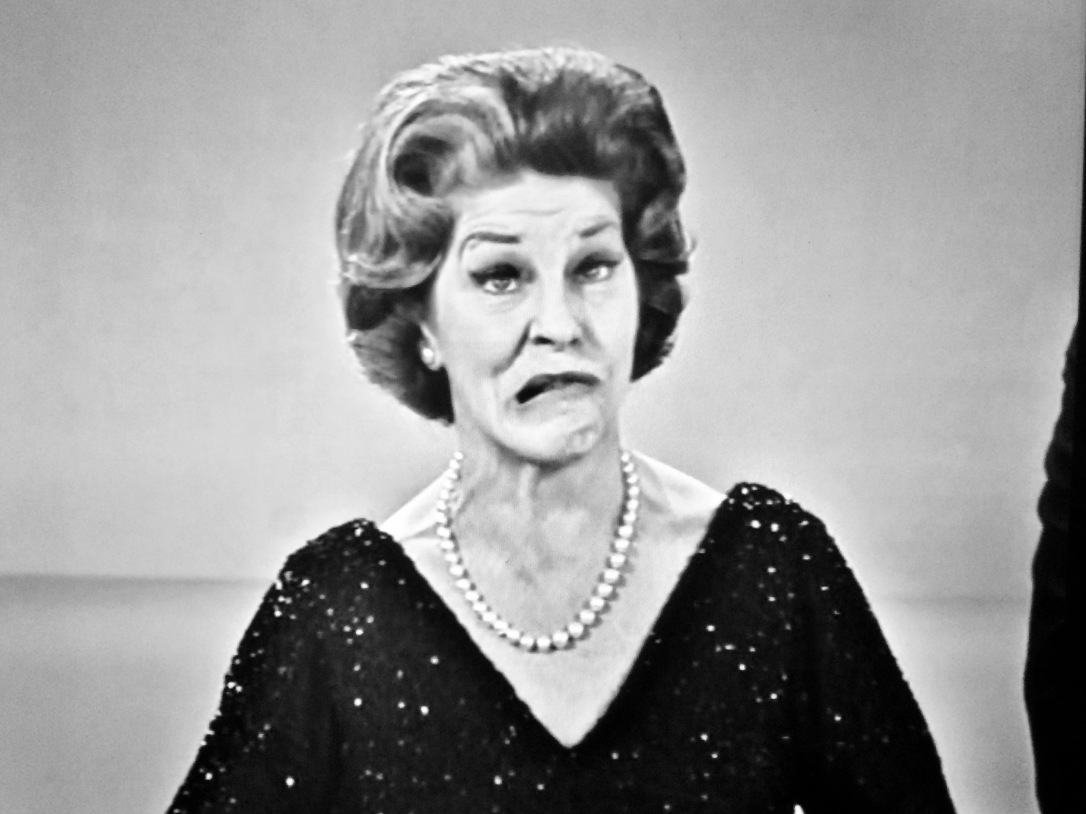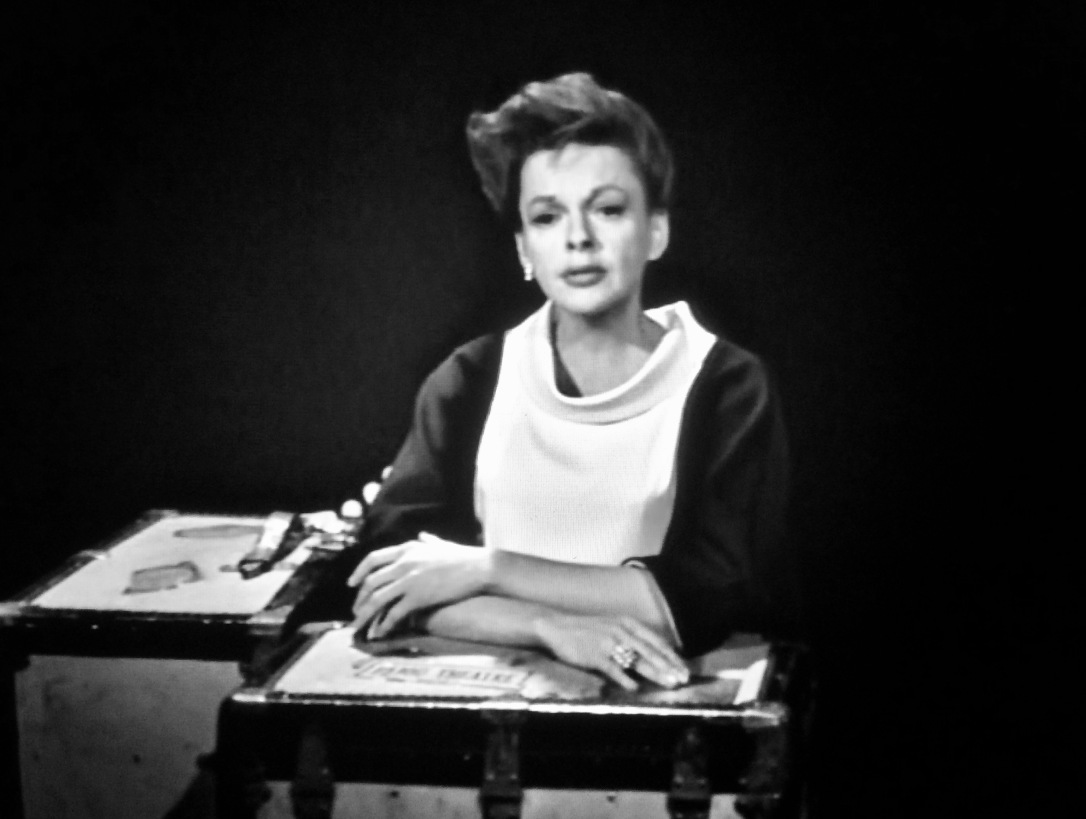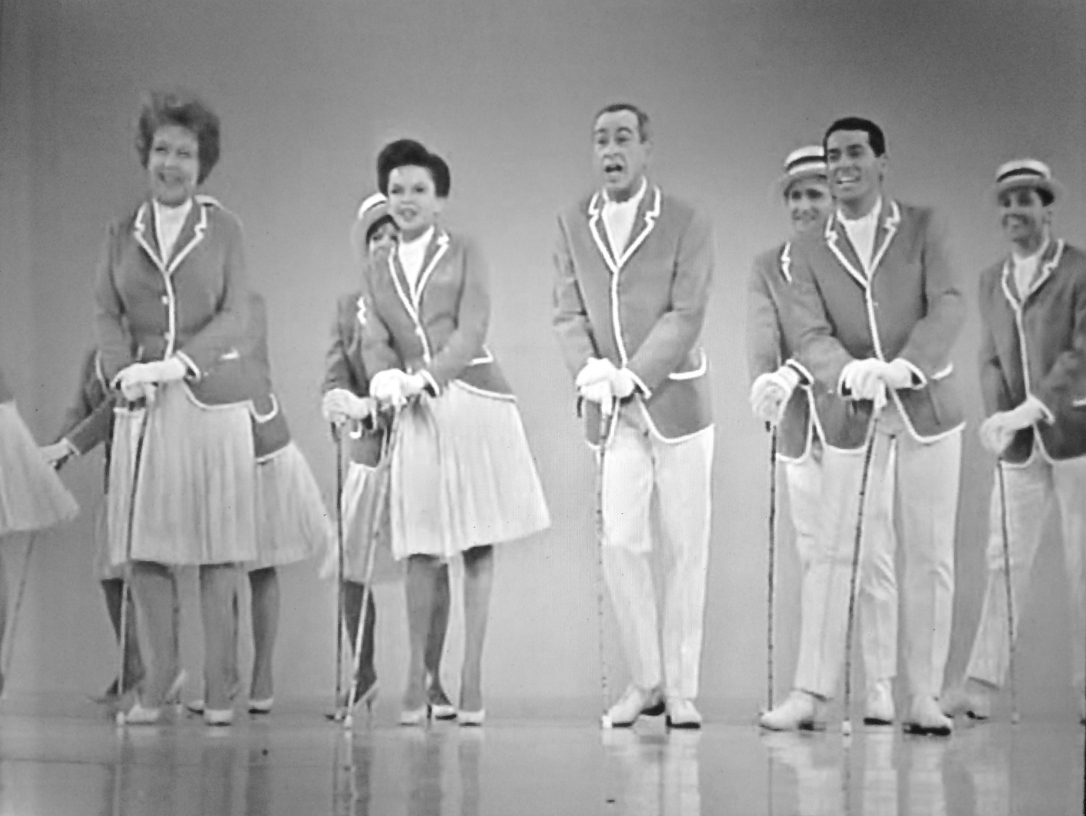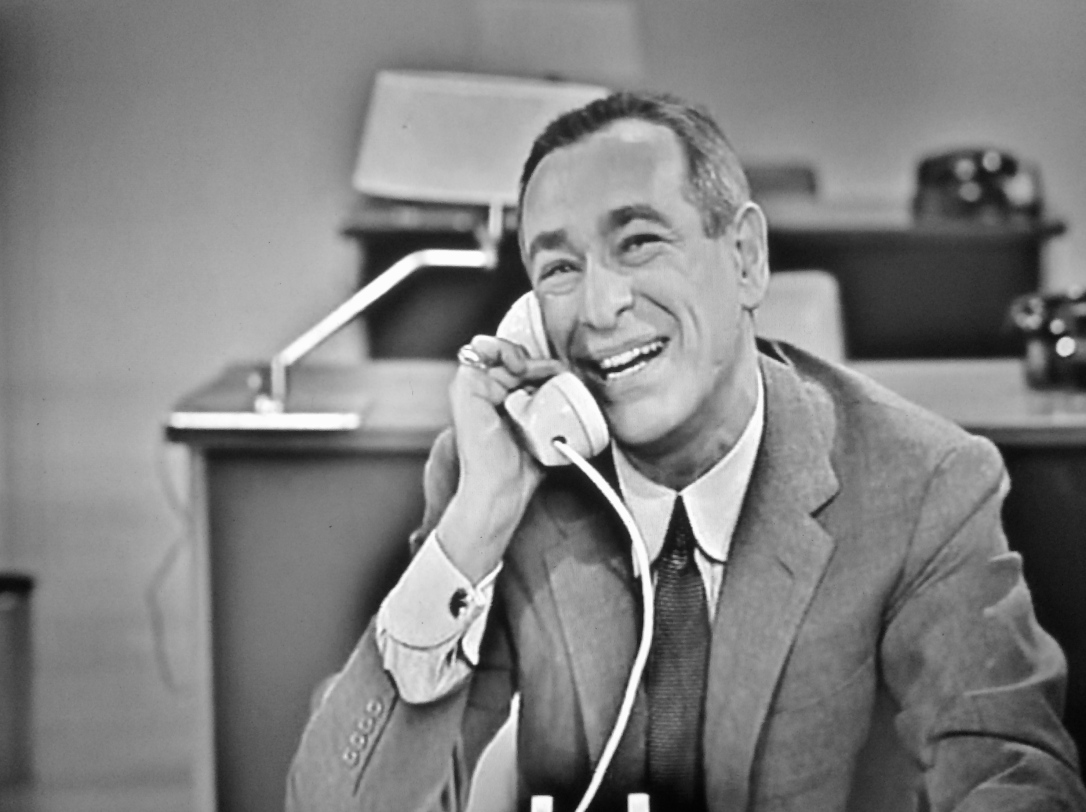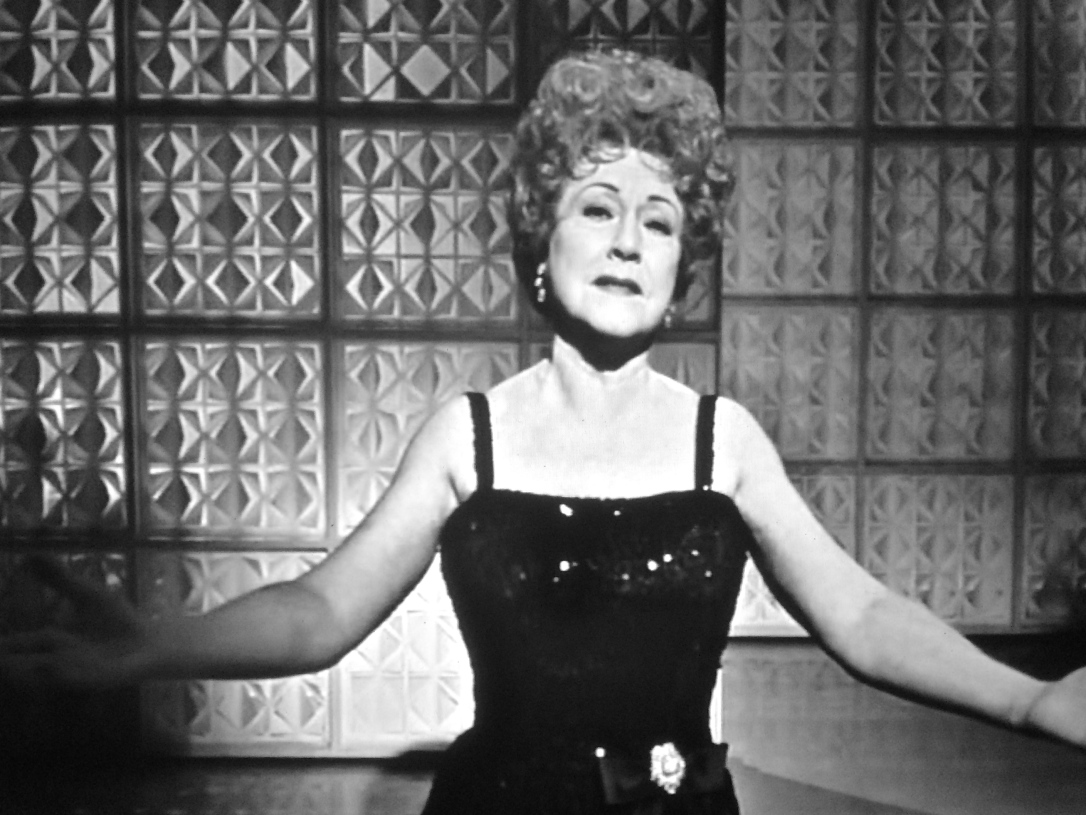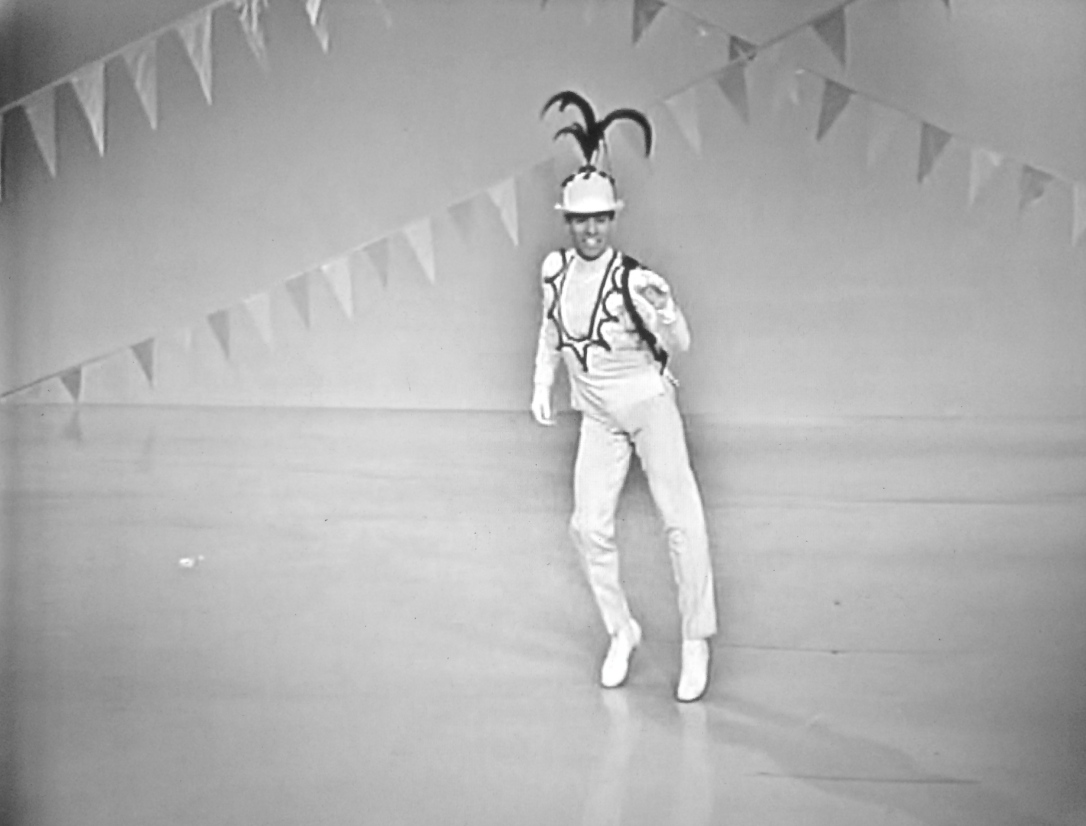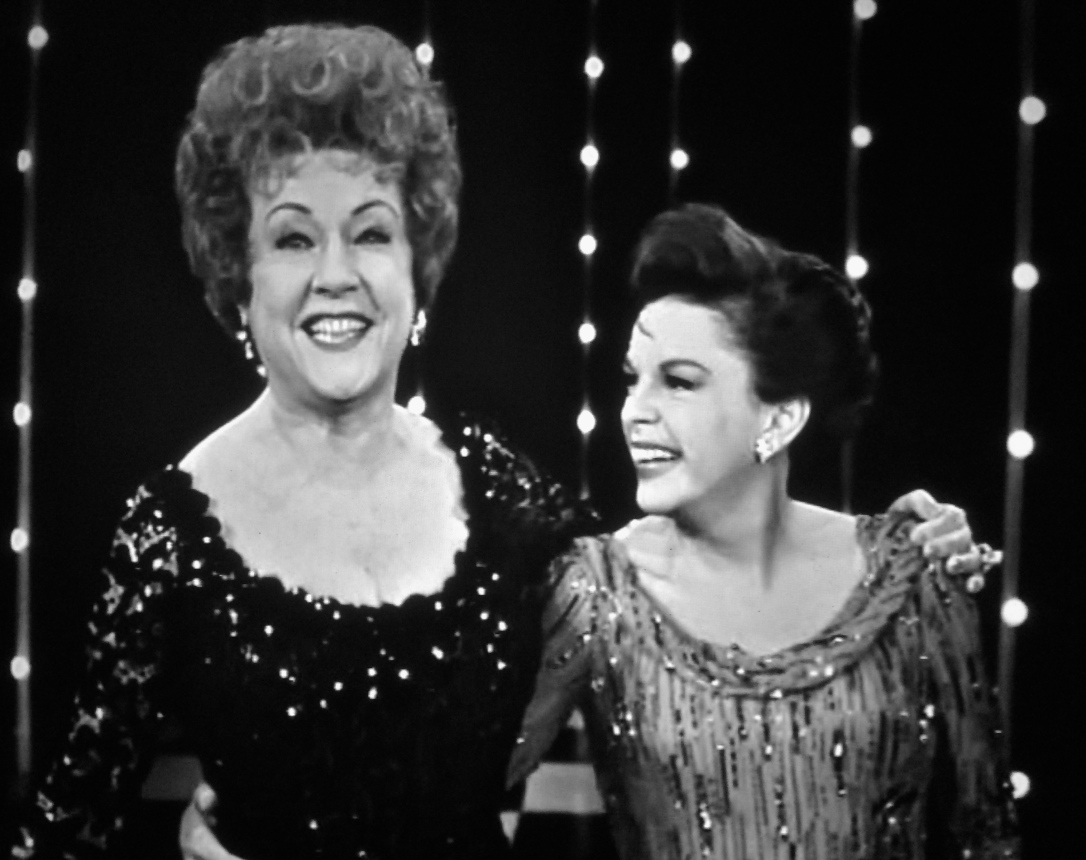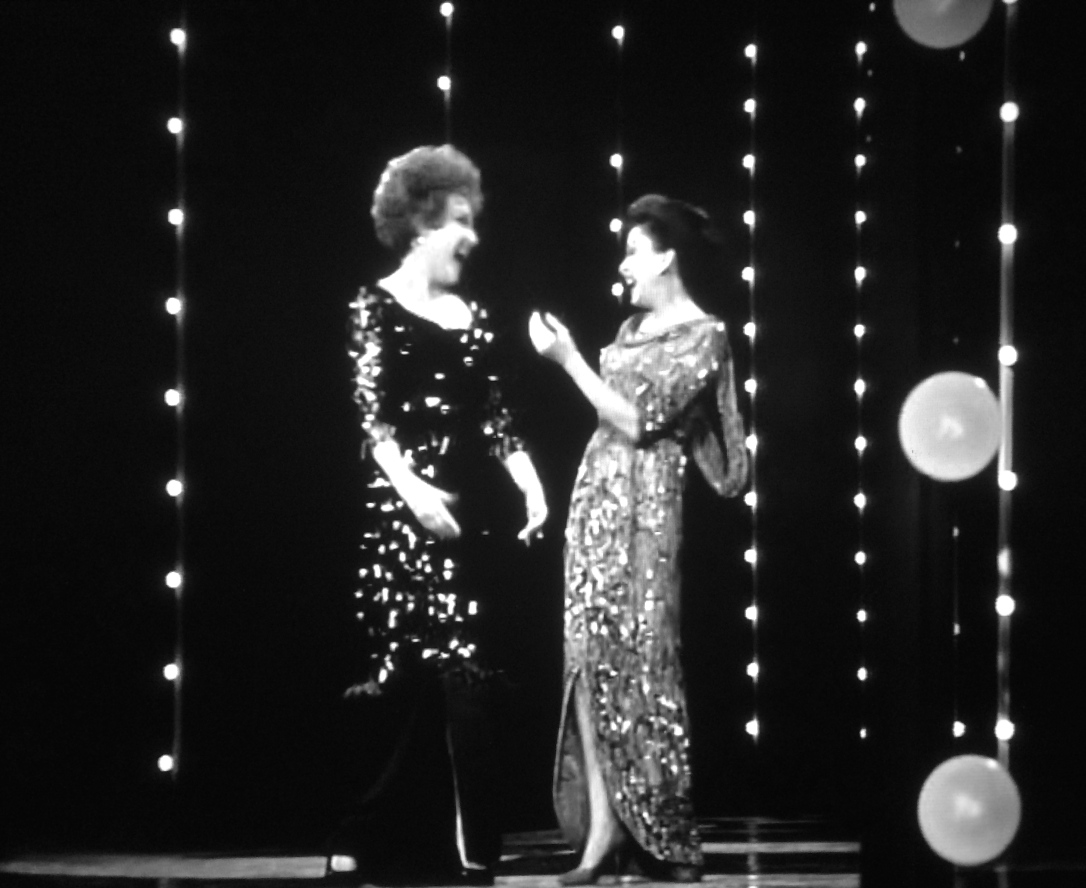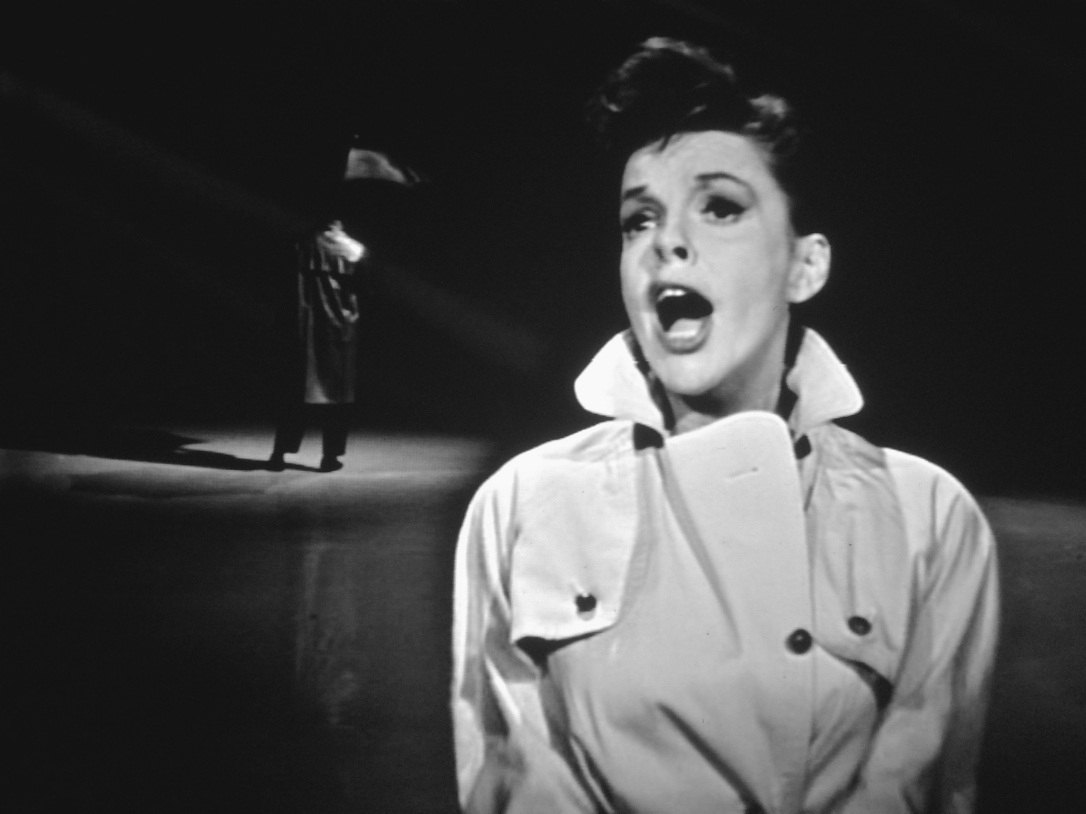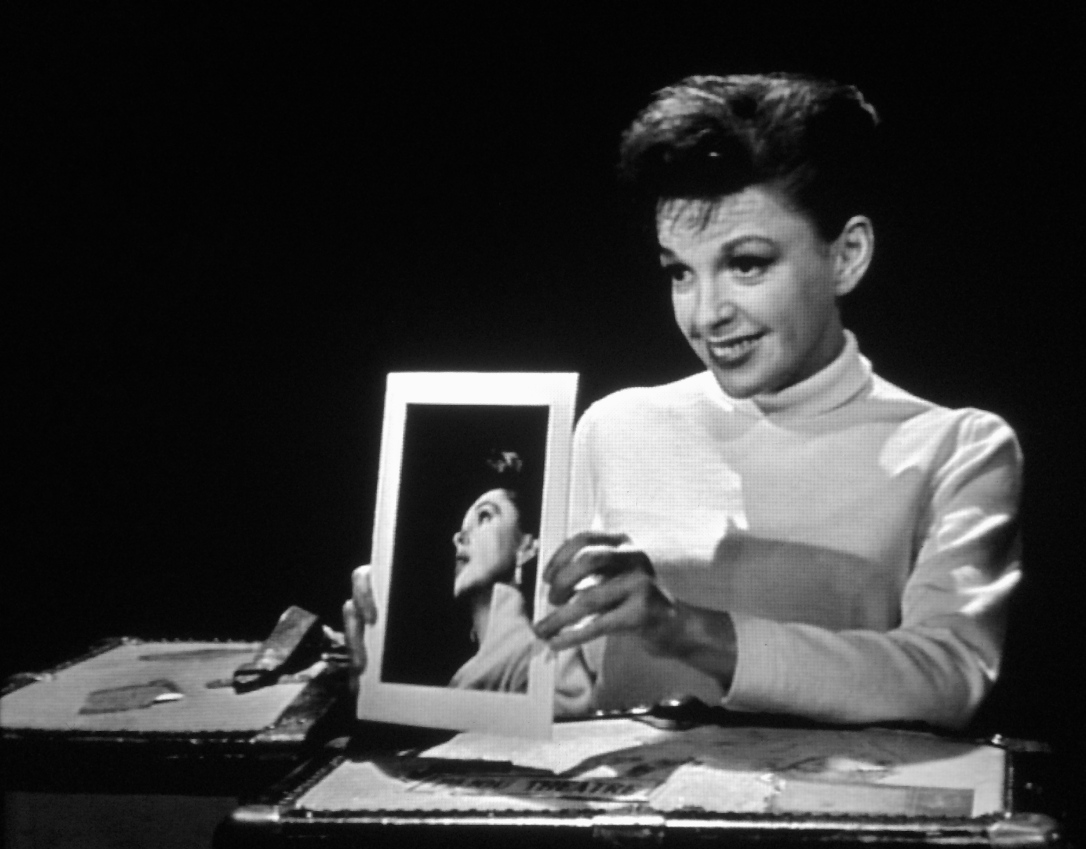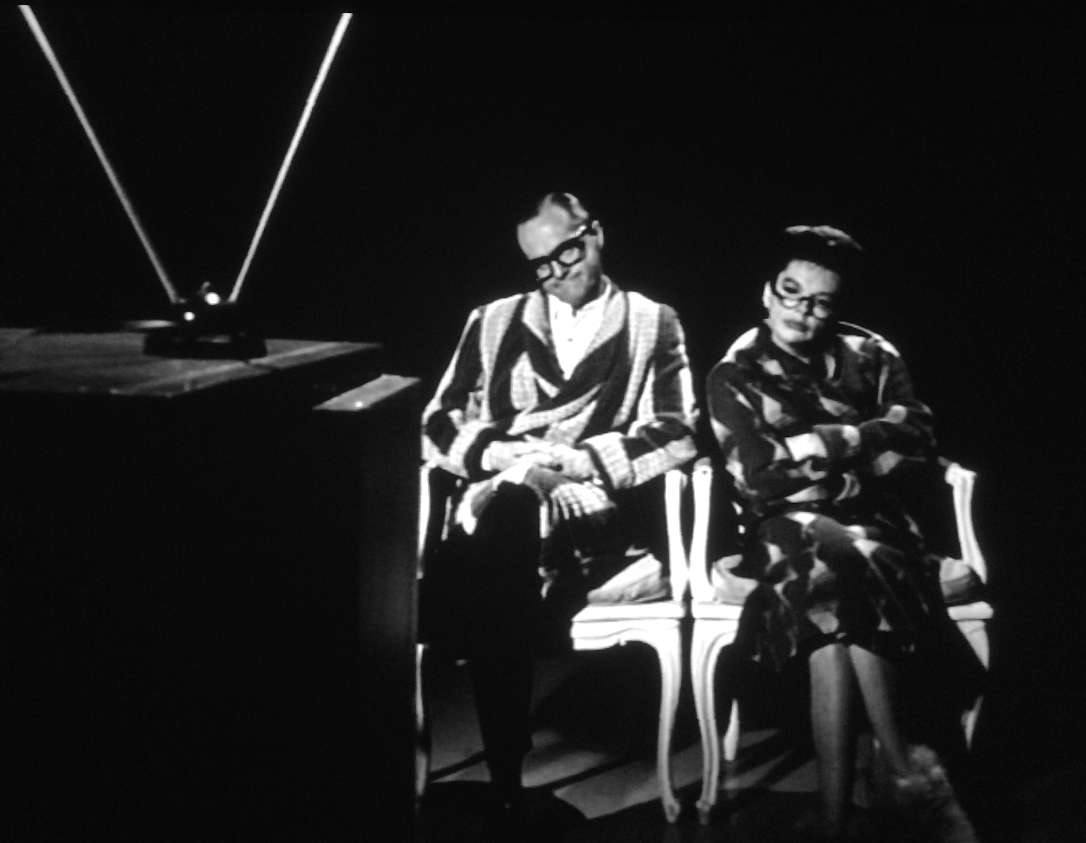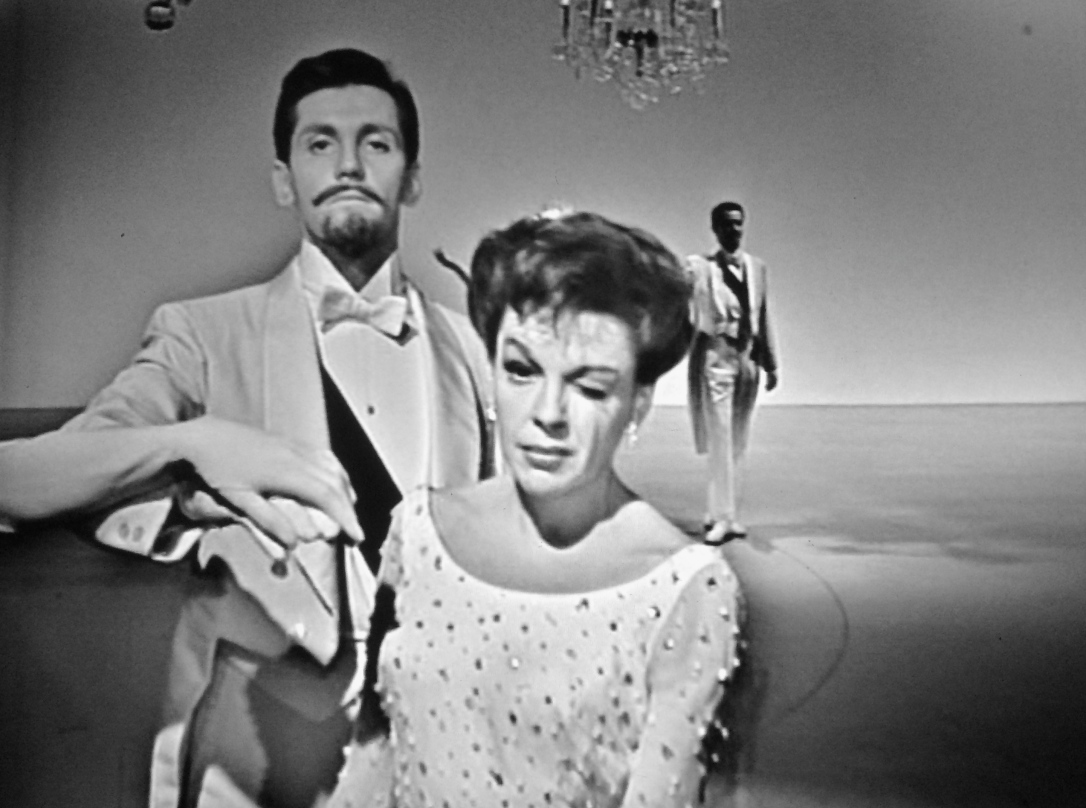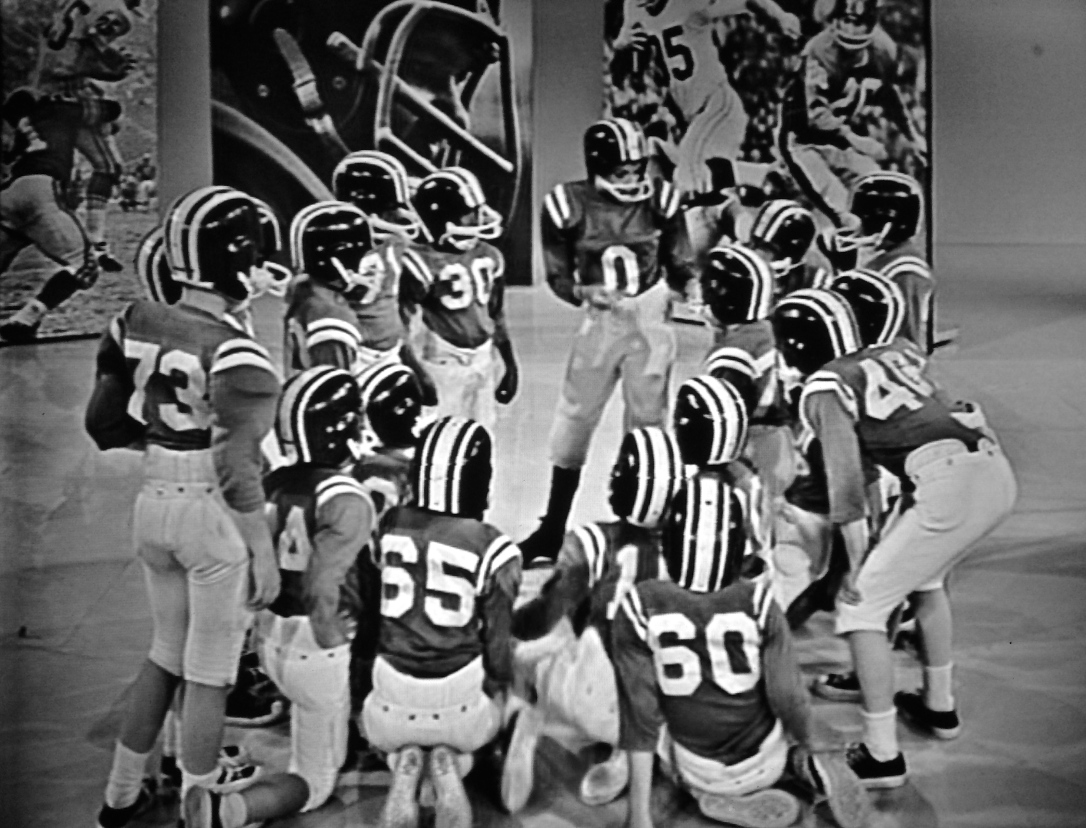
This episode is the second of Judy’s ‘concert’ format shows. However, it differs slightly to the previous week’s in that she is joined by two guests. Her first is Mel Tormé. He had actually been contracted to appear as a guest six times as well as acting as her writer of special material. As the show neared its end, however, it became clear that this was never going to happen. Tormé reveals in his book The Other Side of the Rainbow (1970) that he originally took production company Kingsrow to court to sue for the money he would have made by making the two extra appearances that never materialised. Luckily for Judy he backed out. Unluckily for Judy he ended up being one of the first biographers to write a ‘kiss-and-tell’ book about Garland after her passing, and has been scorned by many a Garland fan ever since!

In show 21 Judy introduces his solo performance of ‘Blues in the Night’ by saying that it has been “written by a very good friend of mine…” meaning Tormé. It is oddly staged with phantom women appearing and disappearing around him. The ghosts of those who had once encircled him in ‘Comin’ Home Baby’ in Show 11. Judy joins him afterwards to duet on ‘The Trolley Song’ in which Tormé attempts to redress the balance of the lyrics by singing from ‘the boy next door’s’ point of view. The funniest aspect of the song is Judy’s looped last note that goes on for an eternity!
Of more special note in this episode are the two routines with Judy’s other guest, Diahann Carroll. Ms Carroll is a revelation on this show. Her appearance being yet another highlight of the series. Elegant and sophisticated, she looks like a beautiful bird in her Aghayan/Mackie creation in a setting that does not look unlike an illuminated birdcage. She sings ‘Quiet Nights’ and ‘Goody Goody’ solo, and then later on joins Judy for a wonderful duet with Carroll singing songs by Richard Rogers and Garland singing Harold Arlen. It highlights how gimmicky the Jourdan/Garland duet was in Show 19 and is almost on a par with the Garland/Streisand singing in Show 9 for sophistication. Coyne Steven Sanders remarks that this is one of the best medleys of the series – and who could disagree?! (Sanders, 1992: 333).
Judy’s concert performance in the first part of the show is of special note. In Show 21 and also Show 22 the following week she sings a substantial part of her repertoire from the Carnegie Hall concert. Shows 21 and 22 therefore serve as an authentic record of Judy-in-concert from the early 1960s and – alongside some of the Frank and Dean Special – the nearest thing to a video of the celebrated concert of 23rd April 1961.
Judy wears a striking dress covered in sequinned poppies. The set list of songs are:
‘Hey Look Me Over’
‘Smile’
‘I Can’t Give You Anything But Love Baby’
‘After You’ve Gone’
‘Alone Together’
‘Come Rain or Come Shine’
After her duet with Diahann Carroll Judy sings ‘Don’t Ever Leave Me’ and ‘Great Day’ in the Trunk spot.
This is a belter of a show!
Garland’s Gown’s (by Ray Aghayan and Bob Mackie):
Three costume changes. As well as the sequinned poppy dress, Judy wears an unusual striped twin set with a large, white bow at the neck during her duet with Tormé. During her duet with Diahann Carroll she wears a long sparkling white dress. Although the poppy dress looks amazing in black and white, colour photos of it reveal its full effect!


Further reading:
Sanders, Coyne Steven, 1992, Rainbow’s End, The Judy Garland Show, New York: Zebra Books.
Tormé, Mel, 1970, The Other Side of the Rainbow with Judy Garland on the Dawn Patrol, New York: Galahad Books.












